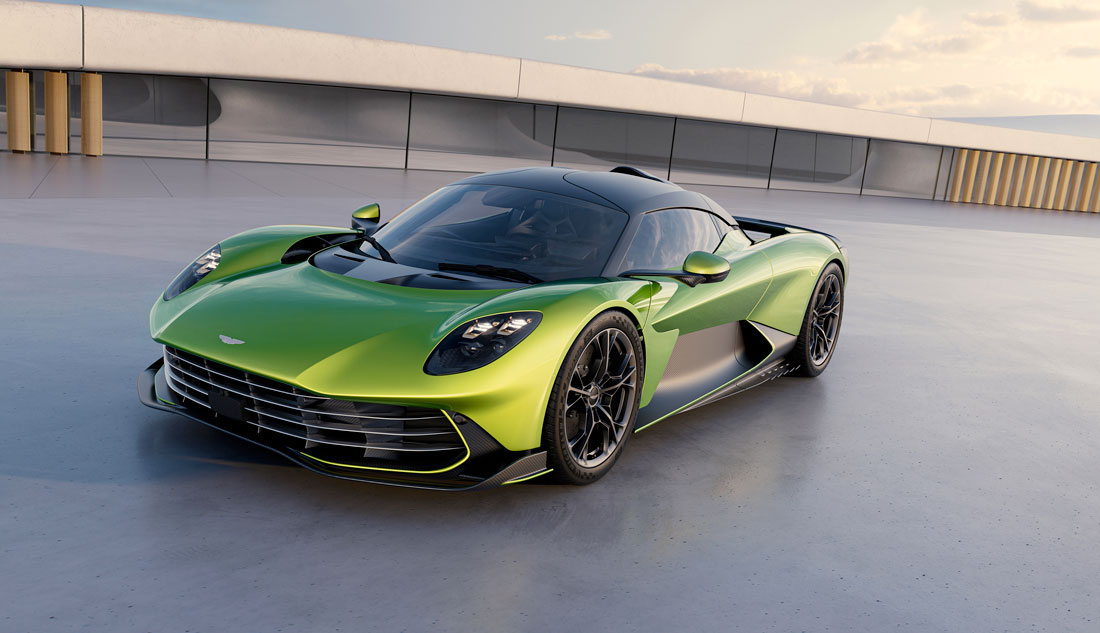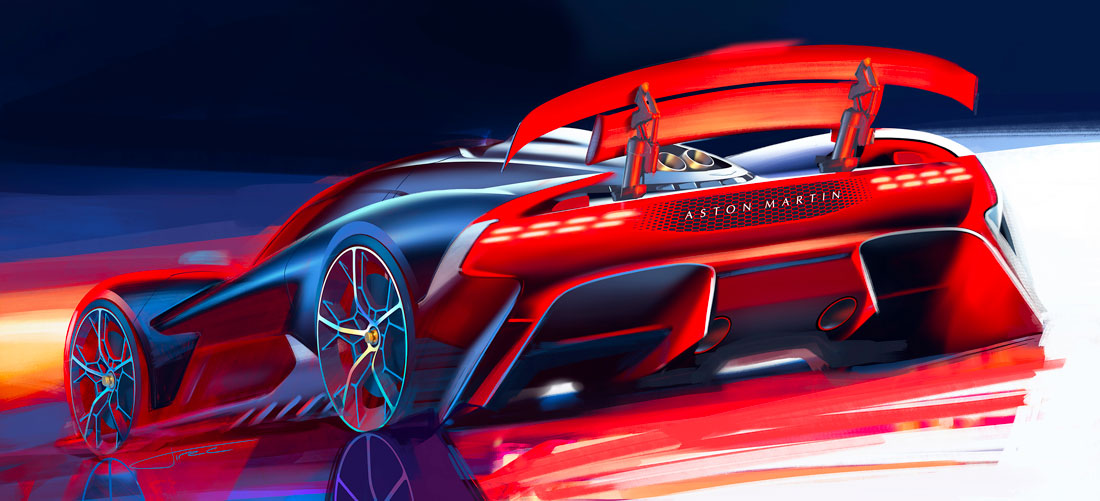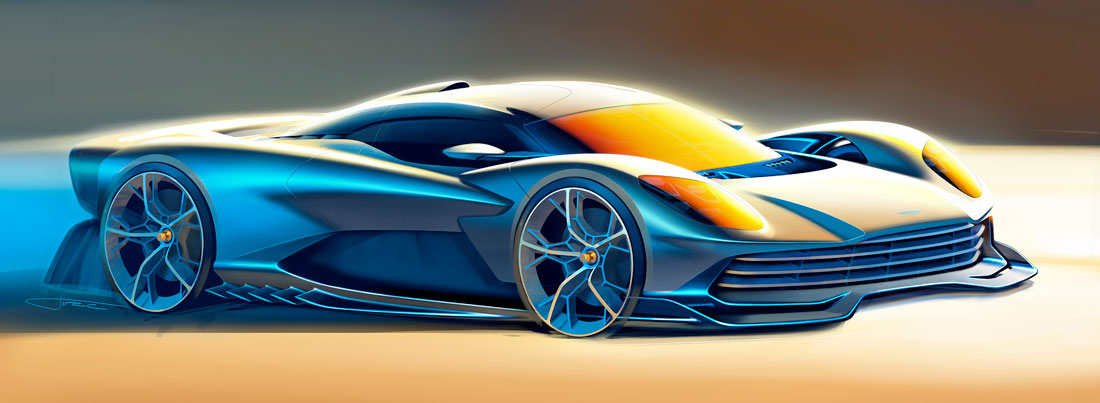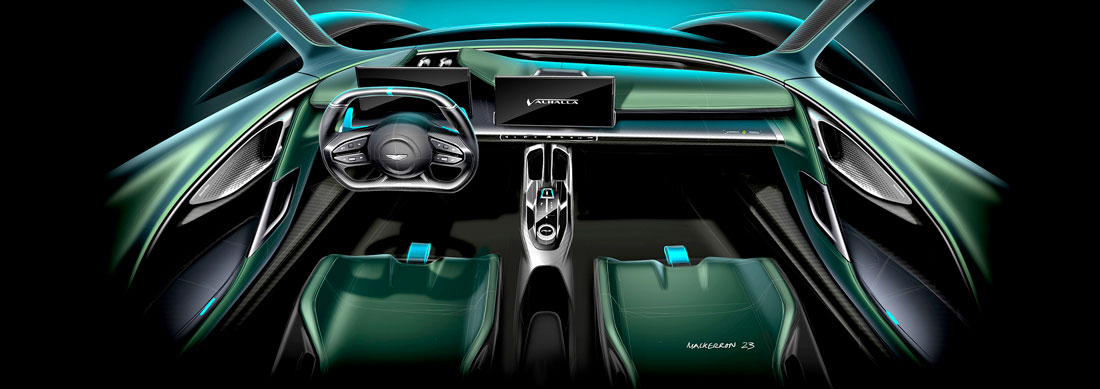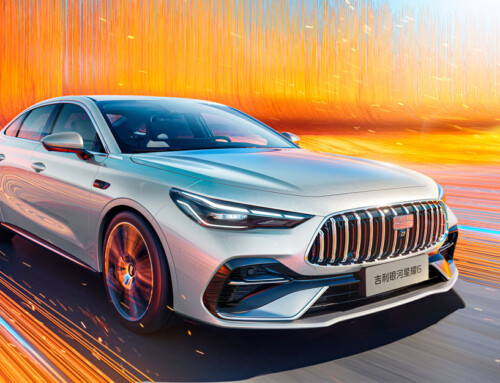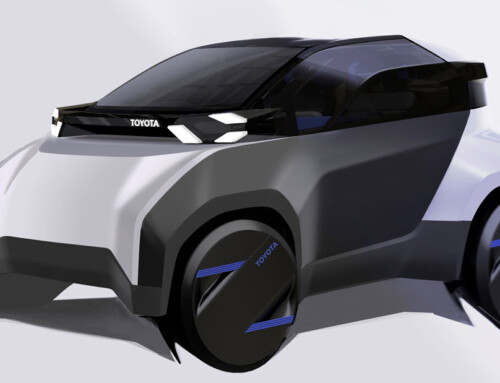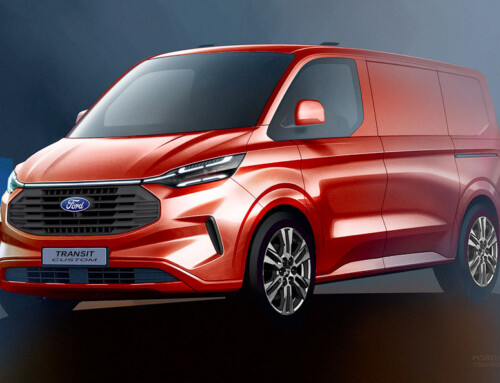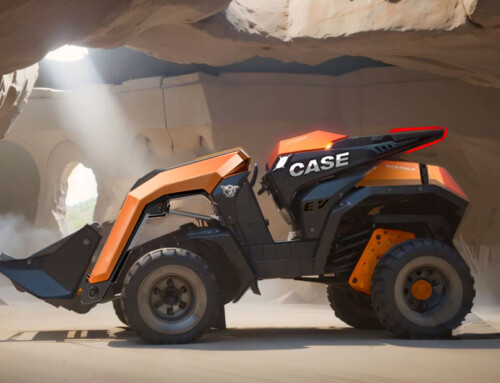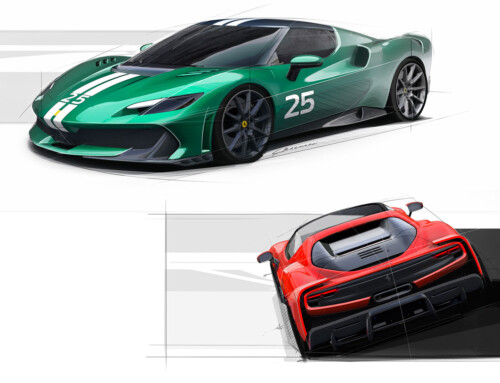Valhalla after Valkyrie. If it weren’t for the fact that Aston Martin is associated with the letter V as the initial of its cars, we’d have to wait for an Odin to complete the cycle of Scandinavian mythology. But the pairing is enough. “The story of Valhalla begins with Valkyrie,” explains Miles Nürnberger: “Both pivot points in our history of high-performance, the first two mid-engined cars, which changed the importance of our products.”
“A car at the limit”
And if we’ve always called Valhalla ‘the son of Valkyrie’ – continues Nürnberger – it’s because that mother is our haute couture, but this son has the same engineering and design ambitions, while also being more usable on a daily basis: still incredible in terms of packaging, engineering, aerodynamics, and engine, but even physically more accessible without being a ‘normal’ car. Indeed, like with Valkyrie, we’ve made it a car at the limit.” Sam Holgate adds: “By adding luxury to performance.”
Beauty and performance
Nürnberger is the Exterior Design Director of the Gaydon-based company, and Holgate is the Chief Designer of the Mid-Engine Strategy. Both work directly with Marek Reichman, the longtime Chief Creative Officer, who has believed in the potential of a mid-engined car for ultra-high performance for over ten years (and Valkyrie’s victories on circuits around the world are the reward). Also drawing on the collaboration of the engineers of AMPT, who are working with Aston Martin’s Formula One, this team has created – says Holgate – “a language that also graphically combines two different worlds”: “A very technical carbon lower body, clad in a beautifully sculpted body with the gleaming surfaces you expect from Aston Martin, much more dramatic than in our GTs. Beauty and performance. But it wasn’t easy to make that philosophy work in terms of aerodynamics.”
Function dictates form
The heart of the Valhalla, of which 999 will be built, is a four-litre twin-turbo V8 engine that delivers 828 horsepower, flanked by three electric motors (two at the front and one at the rear, supported by plug-in technology) that add another 251 horsepower, for a total of 1,079 horsepower. Performance is, inevitably, mind-blowing: 0-100 km/h in 2.5 seconds, top speed electronically limited to 350 km/h. An active aerodynamic system generates 600 kg of downforce, which is reached at 240 km/h and then maintained up to the top speed. This says it all: Aston Martin style, yes, but design is mandatory. Function dictates form. “More than a styling moment, it was like solving a puzzle,” Holgate emphasizes.
Exterior and interior options developed with customers
Born from the pencil of Ondrej Jirec, the exterior designer who has tailored it step by step over the past seven years, even developing a carbon fiber grille when they are usually aluminum, and making himself – still today – available to customers: “Everyone has their own specific requests, they come here and work with us, and we turn their wishes into reality.” The same goes for the interiors by Adam Mackerron (Interior Designer) under the guidance of Leighanne Earley, Interior Design Director: “There were various options in the Valkyrie,” he explains, “and there are even more in the Valhalla. It’s very interesting to go on the assembly line and see what is coming out.”
New impetus from F1
Seven years is no small time for the birth of a car; but Covid and the ownership changes at Aston Martin came in between, with the arrival of Lawrence Stroll, “whose strategic vision for F1 and Aston Martin – Nürnberger explains – also gave new impetus to the development of Valhalla.” With clear ideas from the start, starting with a scale model and then immediately moving to a full-scale clay model, the original idea was gradually refined, until the design was frozen in 2023. “Valhalla may be Valkyrie’s child, but sometimes children can become better than their parents.”
(Full article in A&D no. 275)

